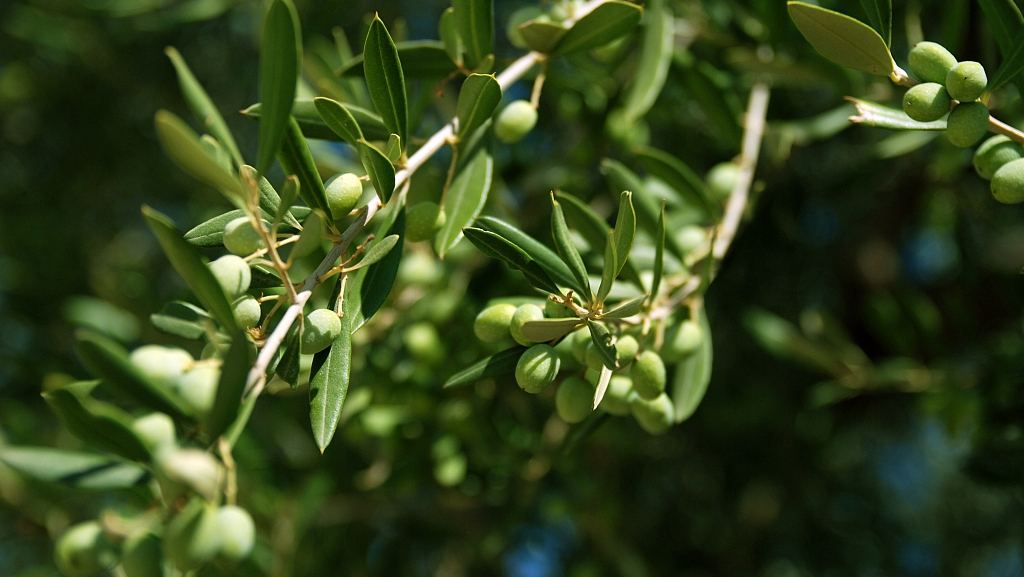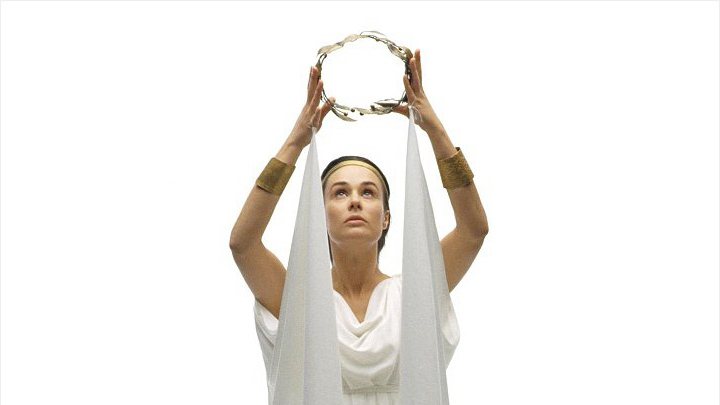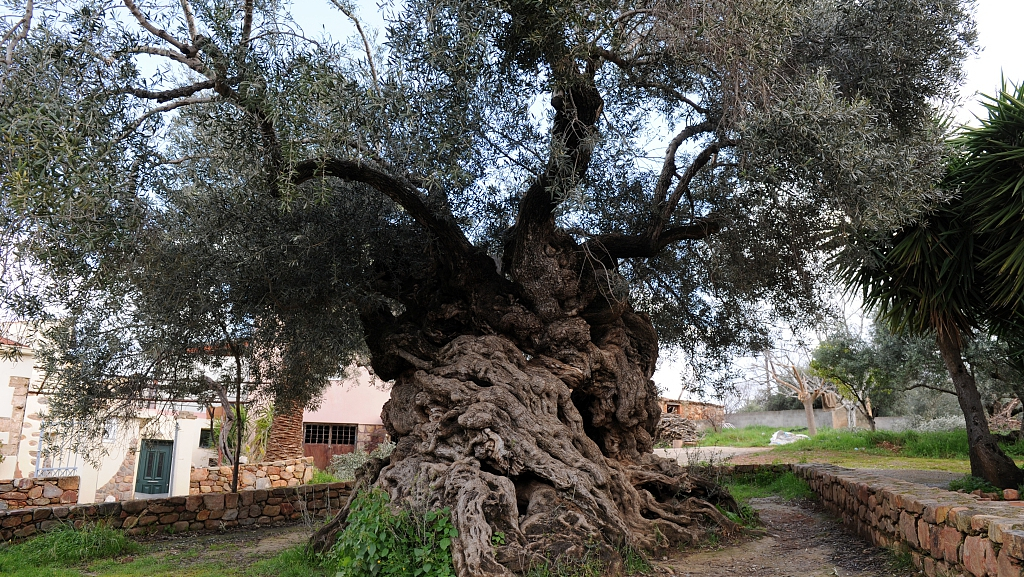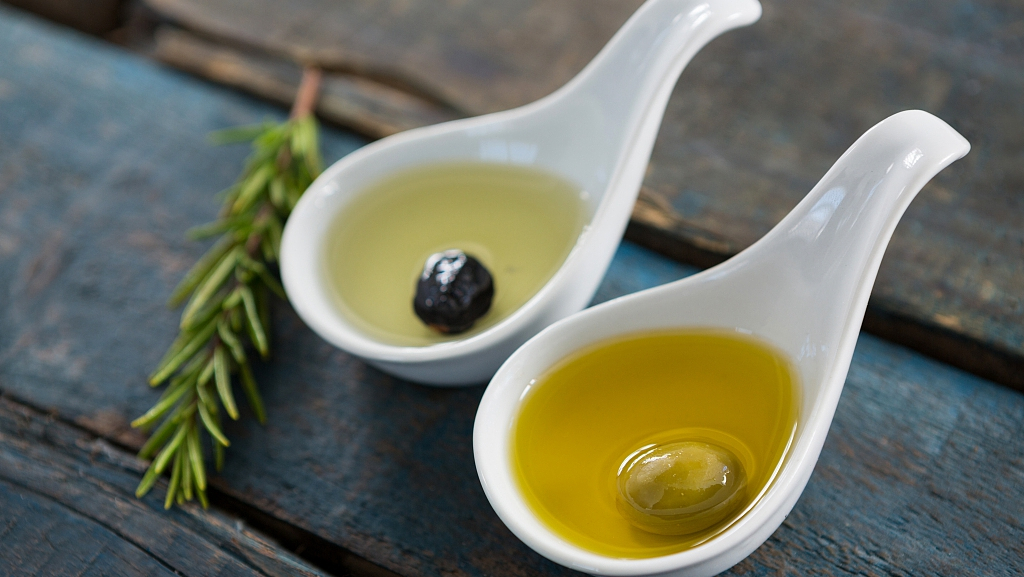
The olive tree is one of the most iconic trees in Greek culture.

Olive tree in Greece. /VCG Photo
In Greek mythology, Athena won the patronage of Athens from Poseidon with the gift of an olive tree, because it is a symbol of peace.
The olive branch is also a sacred prize in Greece, representing the highest honor. An important tradition of the ancient Olympic Games was to award olive branches to champion athletes. In the 2004 Athens Olympics, every champion wore a crown of olives to pay tribute to the Olympic spirit.

A crown of olives. /VCG Photo
An olive tree in the village of Ano Vouves, Crete, is believed to be one of the oldest olive trees in the world. At 3,000 years old, it is still producing olives.
How can olive trees survive for so long? The tree evolved to prevent excessive water loss during hot and dry weather. Its leaves are pointed and form a waxy protective layer on the sunny side of the blade; on the back, there are countless pores. This unique blade structure gives the olive tree a tenacious vitality.

The 3,000-year-old olive tree in the village of Ano Vouves, Crete, Greece. /VCG Photo
Today, olive trees are grown all over Greece, not just in Athens.
Every part of the olive tree has its use.
Olives have been pressed into oil since ancient times. They are used in food, and also cosmetics as a foundation for moisturizers, soaps, shampoos and conditioners.

Olive oil. /VCG Photo
The olive leaves have been used as medicines for centuries. The leaves are known for their antiviral property and are often used to help fight cold and flu. They are also a powerful antioxidant.
About 'Plants & Nations'
"Plants & Nations" is a series of articles and pictures about common plants in the world. It serves as a guide to beautiful plants from different countries.
For more articles and pictures, please click here:
A sacred plant in Cambodia's Buddhist culture
The double coconut: The rare-shaped plant from Seychelles
The pomegranate: Symbol of Granada, Spain
Blue water lily: The sacred flower of ancient Egypt
(Cover image via VCG)
(If you want to contribute and have specific expertise, please contact us at nature@cgtn.com)

Copyright © 2018 CGTN. Beijing ICP prepared NO.16065310-3
Copyright © 2018 CGTN. Beijing ICP prepared NO.16065310-3